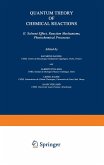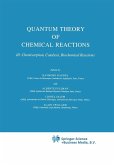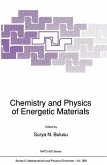This treatise is devoted to an analysis of the present state of the quantum theory of chemical reactions. It will be divided into three volumes and will contain the contributions to an international seminar organized by the editors. The first one, is concerned with the fundamental problems which occur when studying a gas phase reaction or a reaction for which the solvent effect is not taken into account. The two first papers show how the collision theory can be used to predict the behaviour of interacting small molecules. For large molecules the complete calculations are not possible. We can only estimate the reaction path by calculating important areas of the potential surfaces. Four papers are concerned with this important pro cess. Furthermore, in one of these, the electronic reorganization which occurs along the reaction path is carefully analyzed. ~~o papers are devoted to the discussion of general rules as aromaticity rules, symmetry rules. The last two papers are concerned with the electrostatic molecular poten tial method which is the modern way of using static indices to establish relations between structure and chemical reactivity. Volume II will be devoted to a detailed analysis of the role of the solvent and volume III will present important applications as reaction mechanisms, photochemistry, catalysis, biochemical reactions and drug design. SOME RECENT DEVELOPMENTS IN THE MOLECULAR TREATMENT OF ATOM-ATOM COLLISIONS.
Dieser Download kann aus rechtlichen Gründen nur mit Rechnungsadresse in A, B, BG, CY, CZ, D, DK, EW, E, FIN, F, GR, HR, H, IRL, I, LT, L, LR, M, NL, PL, P, R, S, SLO, SK ausgeliefert werden.









